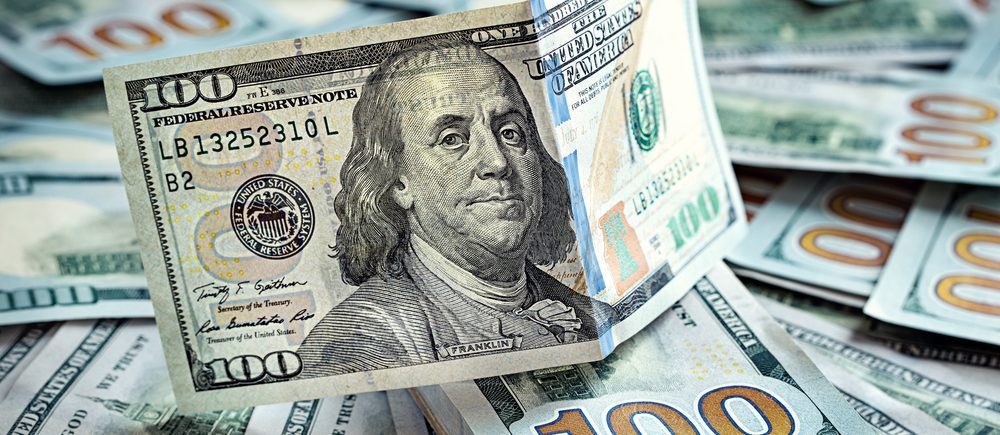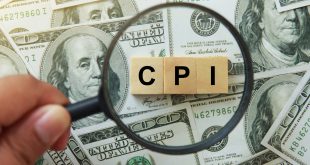The U.S. dollar held its ground on Thursday, even as U.S. bond yields fell sharply following better-than-expected inflation data. Market participants have now turned their focus to next week’s inauguration of President-elect Donald Trump and the anticipated inflationary effects of his economic policies.
The U.S. Dollar Index, which measures the greenback against a basket of major currencies, edged up by 0.1% to 109.12. Despite the decline in Treasury yields, the dollar showed resilience, reflecting cautious optimism among investors.
Inflation Data and Market Reactions
Wednesday’s U.S. inflation report showed annual consumer price growth of 2.9% in December, with core inflation—excluding volatile food and energy prices—rising by 3.2%, slightly below market expectations of 3.3%. While the data pointed to inflation levels above the Federal Reserve’s targets, it also provided some relief to traders concerned about runaway price increases.
As a result, benchmark 10-year Treasury yields dropped over 13 basis points, marking their steepest single-day decline since mid-November. However, the muted response in foreign exchange markets indicates that investors are awaiting more clarity on fiscal policy under the incoming administration.
Allison Boxer, an economist at PIMCO, noted, “We still think that it will be easy for the Fed to remain on hold for now and wait for more data and fiscal policy clarity. The recent inflation data has not altered our forecasts for core inflation.”
Japanese Yen Strengthens Amid Rate Hike Expectations
The Japanese yen saw significant gains, rising 0.46% against the dollar and 0.51% against the euro. The currency strengthened as traders anticipated a potential interest rate hike by the Bank of Japan (BOJ) at next week’s policy meeting. Recent comments from BOJ Governor Kazuo Ueda and Deputy Governor Ryozo Himino have fueled expectations of tighter monetary policy, with markets pricing in a 79% probability of a 25 basis point hike and 50 basis points of increases by the end of the year.
The yen hit its strongest levels in nearly a month, with the dollar-yen pair trading at 155.21, its lowest since December 19.
Spotlight on Trump’s Economic Policies
Markets are closely watching the nomination hearing for Scott Bessent, President-elect Trump’s pick for Treasury Secretary, scheduled for later in the day. Bessent is expected to advocate for deficit control while using tariffs as a tool in trade negotiations. Analysts at Deutsche Bank estimate that a 5% universal tariff and a 20% tariff on Chinese imports could add a 40-basis-point “hump” to the U.S. inflation curve over the next year.
This inflationary scenario has raised concerns among investors, as potential tariff-driven price increases could pressure the Federal Reserve to reconsider its monetary policy stance.
Limited Impact of Gaza Ceasefire on FX Markets
In geopolitical developments, the ceasefire agreement between Israel and Hamas did little to sway major currencies. However, the Israeli shekel reached a one-month high, reflecting localized optimism following the truce.
As the markets navigate a complex landscape of inflation data, fiscal policy shifts, and geopolitical risks, the U.S. dollar’s trajectory will hinge on developments surrounding the Trump administration’s economic agenda. Meanwhile, the Japanese yen’s strength underscores a growing divergence in global monetary policy, with the BOJ poised to tighten rates amid easing pressures elsewhere.
For investors, the interplay between fiscal policy, inflation, and central bank actions will remain a critical theme in the weeks ahead.
 Noor Trends News, Technical Analysis, Educational Tools and Recommendations
Noor Trends News, Technical Analysis, Educational Tools and Recommendations





